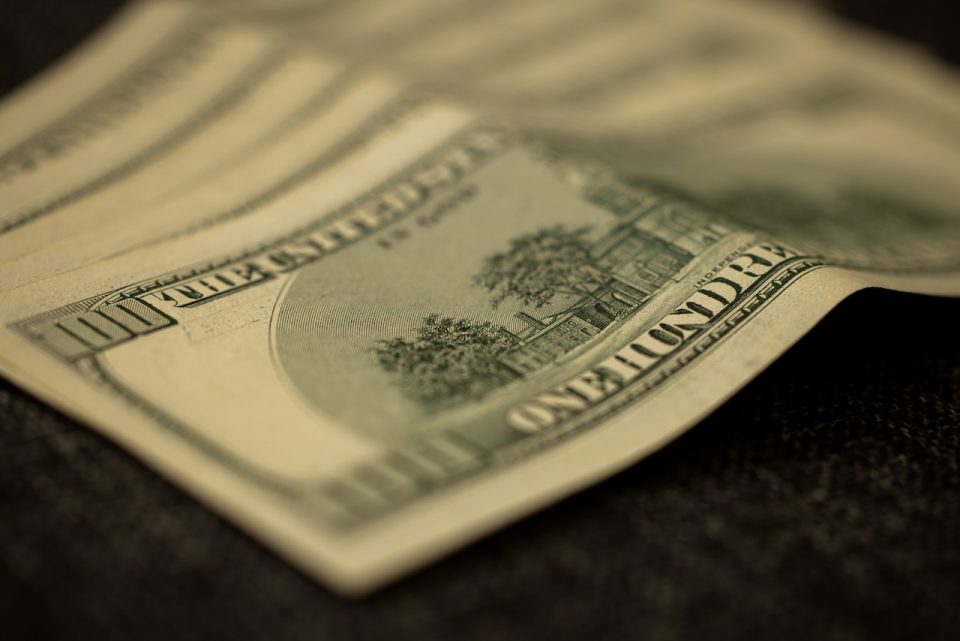The Federal Reserve remains steadfast in its resolve not to raise interest rates, even as concerns about surging inflation persist. The U.S. central bank, over the past 18 months, has raised the policy rate by a substantial 5.25 percentage points in a bid to combat soaring inflation levels not seen in four decades. However, the results of these rate hikes are still being closely monitored as they have already led to a slowdown in job growth, while inflation, though down from its peak, remains at 3.3%, far above the Fed’s 2% target.
This measured approach by the Fed has drawn both hawks and doves into a watchful stance, eagerly awaiting further data to gauge the future trajectory of inflation and its impact on the economy. Lorie Logan, the President of the Dallas Federal Reserve and a key player in this month’s policy-setting meeting, cautiously suggested that “another rate hike may be appropriate” while acknowledging that “work remains to be done.”
The anticipation surrounding the Fed’s September 19-20 meeting is high, as policymakers are set to release their economic projections. These forecasts are expected to shed light on how the central bank expects inflation and unemployment to evolve in the coming months. A review of data from June indicated that two-thirds of the Fed’s policymakers believed that the policy rate might need to surpass 5.5% by year-end to rein in inflation.
In the lead-up to the upcoming meeting, market observers are keeping a close eye on key economic indicators, including the Consumer Price Index, retail sales figures, and the Producer Price Index. The hope is that these numbers will reveal a decline in underlying price pressures, potentially influencing the Fed’s future decisions.
Furthermore, several Fed officials, such as John Williams of the New York Fed and Governor Chris Waller, are diligently monitoring the data, contributing to the ongoing policy deliberations. On the flip side, if economic data unexpectedly strengthens, it could bolster the case for another rate hike before the year’s end. Currently, financial markets are pricing in a 40% probability of such an event.
Aside from economic data, external factors could also sway policy decisions. Prince Austan Goolsbee of the Chicago Fed noted that the central bank is closely watching for potential disruptions, including a potential autoworkers’ strike, and other unforeseen events that may emerge in the coming weeks and months.
Ultimately, the Fed faces a challenging balancing act between the risk of an overheating economy and persistently high inflation on one side, and the threat of an economic slowdown and lower inflation on the other. With each passing day, policymakers inch closer to finding the right formula to navigate these turbulent waters.
The Federal Reserve (Fed) is treading carefully on interest rates, acutely aware of the persistent threat of surging inflation. . The current policy-setting meeting represents the central bank’s concerted effort to strike a delicate balance between these objectives, reflecting the cautious and data-dependent approach that has characterized their recent actions.
Source: Reuters

